According to data on US bankruptcy filings, Florida had the second-highest number of Chapter 7 filings in 2021, a trend that seems to persist in 2022. While declaring bankruptcy doesn’t sound pleasant, it’s not a black-and-white issue — it can benefit consumers, but it also comes with significant downsides.
By filing for Chapter 7 bankruptcy in Florida, you can eliminate most debts, keep bill collectors at bay, and get a financial “fresh start.” Yet, bankruptcy also has consequences that those filing should consider.
If you’re considering filing bankruptcy, you must be informed on the subject before making a decision. Let’s go over the history of US bankruptcy law, different filing types, and when to declare bankruptcy.
Short History of Bankruptcy Law
The history of US federal bankruptcy law begins with the Bankruptcy Act of 1800 — a response to recent financial crises. The act was repealed in 1803, starting a series of short-lived bankruptcy laws the US would institute throughout the century.
The first modern American bankruptcy act was that of 1898, also known as “The Nelson Act.” The next, most recent bankruptcy legislation enacted is the Bankruptcy Reform of 1978.
The current US bankruptcy code (Title 11 of the United States Code) has been amended several times since — most recently in 2005, with the Bankruptcy Abuse Prevention and Consumer Protection Act (BAPCPA) which saw extensive changes to Chapter 7.
Chapter 7 and Other Common Filings
Bankruptcy can be filed under several chapters of Title 11, among which are:
- Chapter 7 (liquidation) – a bankruptcy trustee sells the debtor’s non-exempt assets and uses the funds to pay creditors;
- Chapter 11 (reorganization) – mainly for businesses and corporations looking to reorganize debts and continuously operate while repaying creditors;
- Chapter 13 (wage earner’s plan) – individuals develop a repayment plan and pay off creditors in installments over 3-5 years.
These are the three most typical bankruptcy proceedings, of which Chapter 7 is the most common. Although both consumers and businesses can file for Chapter 7, the vast majority — around 96% — of cases are non-business filings.
Chapter 7 vs. Chapter 13
There are a few key distinctions between Chapter 7 and Chapter 13 bankruptcy:
- How debts are resolved;
- Eligibility requirements;
- Time frame.
Chapter 7 liquidates your non-exempt assets to pay off creditors. It can be a way to quickly discharge non-exempt debts. It also gives debtors a fresh start. Many filers don’t have exempt property and usually keep their assets. To file for this type of bankruptcy, you must pass a Means Test — which requires a household income lower than the state median — and undergo credit counseling.
Chapter 13 allows you to keep your assets and catch up on secured debt within three to five years. This is a better option for those with property to keep, a regular income to support repayment, or who simply don’t qualify for Chapter 7 bankruptcy.
Where Chapter 7 has the Means Test, Chapter 13 has caps for secured and unsecured debts that restrict who can file for this type of bankruptcy. Consumers tend to file under either Chapter 7 or 13 since these two are aimed toward individual debtors more than other bankruptcy forms.
When to File for Bankruptcy
Bankruptcy can be a way to escape crippling debt, but it does come with certain consequences.
Chapter 7 and Chapter 13 will leave a blot on your credit record for 10 and 7 years, respectively.
People tend to consider bankruptcy when:
- Facing lawsuits from creditors;
- Their homes are in danger of foreclosure;
- Debt payments exceed half their monthly income;
- They can’t feasibly repay the debt within five years.
You shouldn’t enter bankruptcy lightly, but sometimes it may be the only choice left to escape your financial troubles.
Find Chapter 7 Bankruptcy Services in Florida Services
To determine which form of bankruptcy is best for you, consider your financial situation and objectives. It’s in your best interest to consult with a bankruptcy attorney who can help guide you through the process.
At the Bankruptcy Law Offices of James Schwitalla, P.A., we offer legal services backed by more than 30 years of experience in bankruptcy law and can help you find and pursue the best course of action.
Contact us and schedule a free consultation today.
